Omega’s Seamaster Planet Ocean Ultra Deep Titanium is 6000m water resistance and only weighs 123g
It long ago conquered the Moon. Now Omega turns to the ocean, releasing a dive watch with breathtaking capabilities.
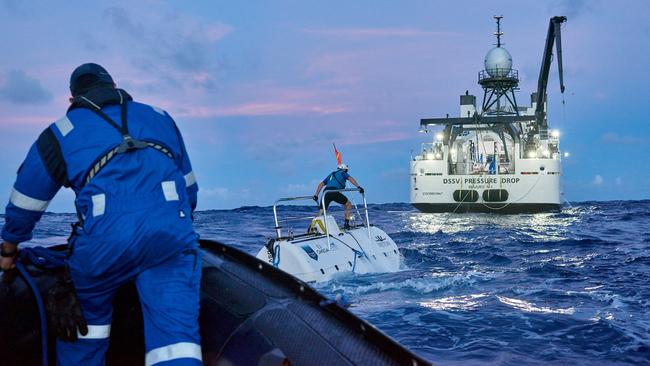
Exhibits at the Musée Omega in the Swiss town of Biel are a celebration of the brand’s colourful adventures. There’s a stretch of running track equipped with the same technology Omega used to time the track and field events at the Olympics. There are the wristwatches worn by a succession of James Bonds, from Pierce Brosnan to Daniel Craig. Omega’s 1969 triumph in becoming the first watch to be worn on the Moon means there’s also no shortage of lunar bric-a-brac, ranging from a NASA spacesuit to a full-size Moon buggy. Yet the object that grabs my attention is ensconced within a glass display case.
Projecting from its blue rubber strap is a hulking brute of a dive watch that’s as big as a small child’s fist. Its diameter is more than the length of a standard golf tee, at 55mm across, while its girth is a massive 28mm. The object in question is the Omega Seamaster Planet Ocean Ultra Deep Professional, which Victor Vescovo attached to his submarine in 2019 when he plummeted 10,927m below the sea’s surface to reach the bottom of the Pacific Ocean’s Mariana Trench. That descent was both deep and meaningful. No human, or indeed diving watch, had ever travelled to such depths and survived.

A month later and I’m sitting in Omega’s Collins Street, Melbourne, boutique to check out the brand’s 2022 releases. In my hand is the little brother of Vescovo’s watch, the brand new Seamaster Planet Ocean Ultra Deep Titanium. Essentially, this is the civilian version of the concept watch I saw in Biel, but one still capable of extreme performance. A high-quality dive watch will commonly offer water resistance between 300m to 600m. This delivers a gobsmacking 6000m.
“In terms of the design, inspiration, material, and game-changing conception, it is absolutely almost the same as the concept watch,” Gregory Kissling, Omega’s head of product management, tells me. “It’s the same, but different in terms of dimension.”
That difference is significant, largely because it means you don’t need the arms of a superhero to pull it off. This new Ultra Deep is 45.5mm wide with a thickness of 18.12mm – less than a standard Planet Ocean Chronograph, a big but hardly outlandish watch. But the real surprise comes when you strap it on. The case is made from sandblasted titanium, giving it a weight of just 123g (a steel Rolex Submariner, for example, weighs 155g). This results in a weird disconnect as your brain struggles to reconcile the watch’s bulk with its meagre heft. This relative compactness is particularly remarkable when you consider what the Ultra Deep’s 6000m water resistance means in terms of the pressure.
“You need to add safety margins of 25 per cent,” Kissling says of the process. “So in total we need to test these watches up to 750 bars [7500m]. That corresponds to a pressure of 7.5 tons, which is like an adult elephant sitting on this crystal.”
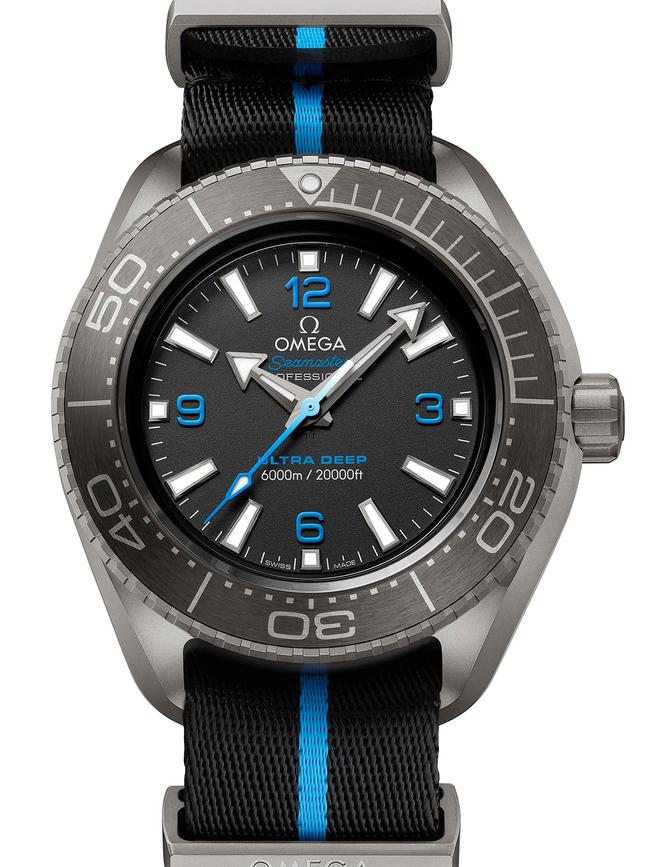
Suffice to say, creating a piece of hardware capable of such feats required serious technological innovation. The Ultra Deep currently has four patents pending. Two of those relate to the special construction of the sapphire crystal, which is 5.2mm thick, enabling the watch case to avoid the need for a helium escape valve. Another pertains to the conical design of the crown for stress distribution and a final one to the construction of the case back.
As well as the titanium version, Omega has also made the Ultra Deep available in stainless steel. But the standard form of steel the brand commonly uses could not handle such depths because the elasticity limit of the alloy meant it would become warped by the physical stress. Consequently, the brand has developed O-MEGASTEEL, a new material that is almost 50 per cent harder that the 316L steel it normally uses. Aside from this added robustness, the new metal brings aesthetic qualities, being a touch whiter in colour and offering greater lustre.
To appreciate what Omega has achieved with the Ultra Deep’s 6000m water resistance, you really need to consider the competition. A dive watch that’s water resistant to 600m is generally considered above and beyond, and then you get into the hardcore category. The Breitling Avenger Seawolf can make it to 3000m while the Rolex Deepsea can plummet to 3900m. Admittedly, a brand called Swiss Military once made the CX 20,000 Feet, which matched the Ultra Deep’s 6000m, but that was a limited-edition piece that sat nearly 30mm high on the wrist. What’s remarkable about the Ultra Deep is that it’s a genuinely wearable piece that, despite its groundbreaking tech, isn’t extortionately priced by Swiss watch standards. The titanium model costs $18,825 while the O-MEGASTEEL pieces that come in an array of colours are $17,675.
At the same time, it’s necessary to acknowledge the elephant in the room (and yes, he’s the same wrinkly fellow who was sitting on the Ultra Deep in the fifth paragraph). You see, the current record for the deepest ever scuba dive currently stands at 332m, while the deepest dive achieved in ahyperbaric chamber – typically used to re-acclimatise deep-sea divers and stop them getting the bends – is 701m. When you’re inside a submarine, your watch isn’t exposed to the same levels of pressure. Vescovo wore a standard Planet Ocean Seamaster 600M Titanium on his record-breaking descent. This prompts the question I put to Omega’s sprightly CEO, Raynald Aeschlimann: achieving water resistance of 6000m is all very impressive but, given our mortal limitations, what is the actual point?
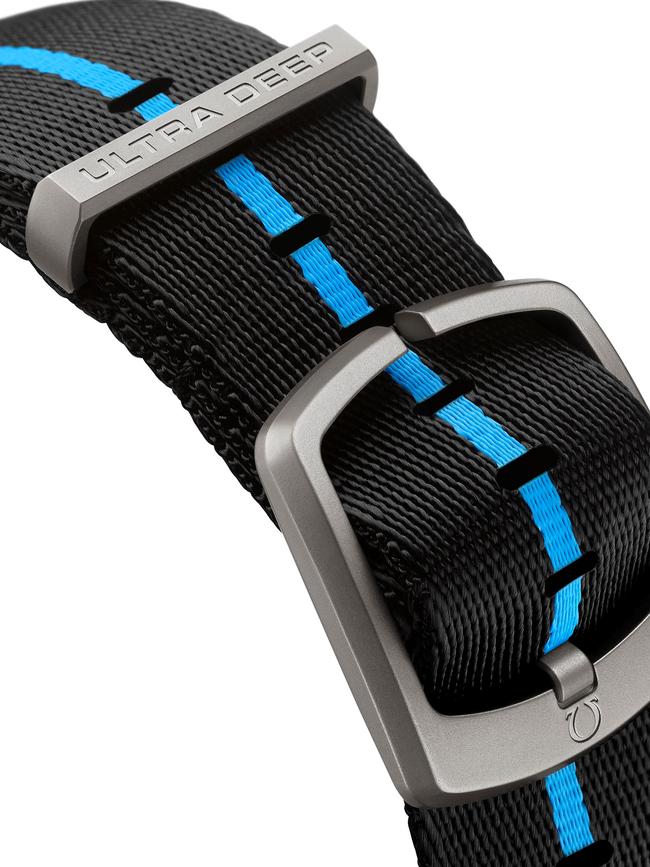
“At Omega, intrinsic values are very important to us,” Aeschlimann explains gently. “The Ultra Deep is a watch that shows our values, but it also shows our vision.” The CEO proceeds to gallop through a long list of Omega’s technical innovations over the years, from putting the first watch on the Moon to developing the precision technology to time the Olympics. He mentions the brand’s development of the Co-Axial – the first new mechanical watch escapement in 250 years – and how Omega became the first watchmaker to achieve the Master Chronometer rating from the Swiss Federal Institute of Metrology.
Aeschlimann points out that certain discoveries made during the development of the Ultra Deep will eventually trickle down to Omega’s broader range. You’d expect, for example, to see O-MEGASTEEL get a wider application in coming years. But such practical advancements are overshadowed by the bigger symbolism of the Ultra Deep. Having conquered the Moon, Omega continues to search for new frontiers.
“This 6000m water-resistant watch was for us, once again, one of these Omega moments where we celebrate what we can do,” Aeschlimann says. “And, yes, we also bring more than would be expected, because we are like that. You know that you’re never going to go to 6000m. But you also know that this brand has invested, researched and developed a watch that could do that. If there is one brand to do this, I think, it’s Omega and that’s why I’m very proud of this watch.”
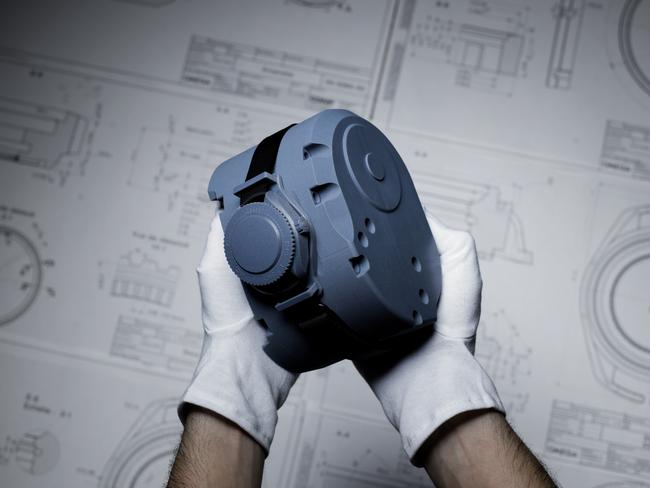
It’s hard to dispute the halo effect of the Ultra Deep and its ability to reinforce Omega’s pioneering reputation. But it also offers more prosaic benefits. On the back of an anecdote I overhear at the Omega Museum, any owner of this watch can rest assured that it comes from very tough stock. Apparently, when Omega was testing the prototypes of the Ultra Deep, a mishap occurred. The concept watch was meant to be subjected to that skull-crushing pressure for a 12-hour stint but, following an equipment malfunction, it was left at the bottom of the Mariana Trench. The watch was forced to remain at a depth of 10,928m – that’s the deepest point on the planet – for two and half days. Eventually, Omega managed to retrieve it from the ocean floor and examined it more in hope than expectation. Not only had the concept watch survived the ordeal intact, but it had only lost one second of time.

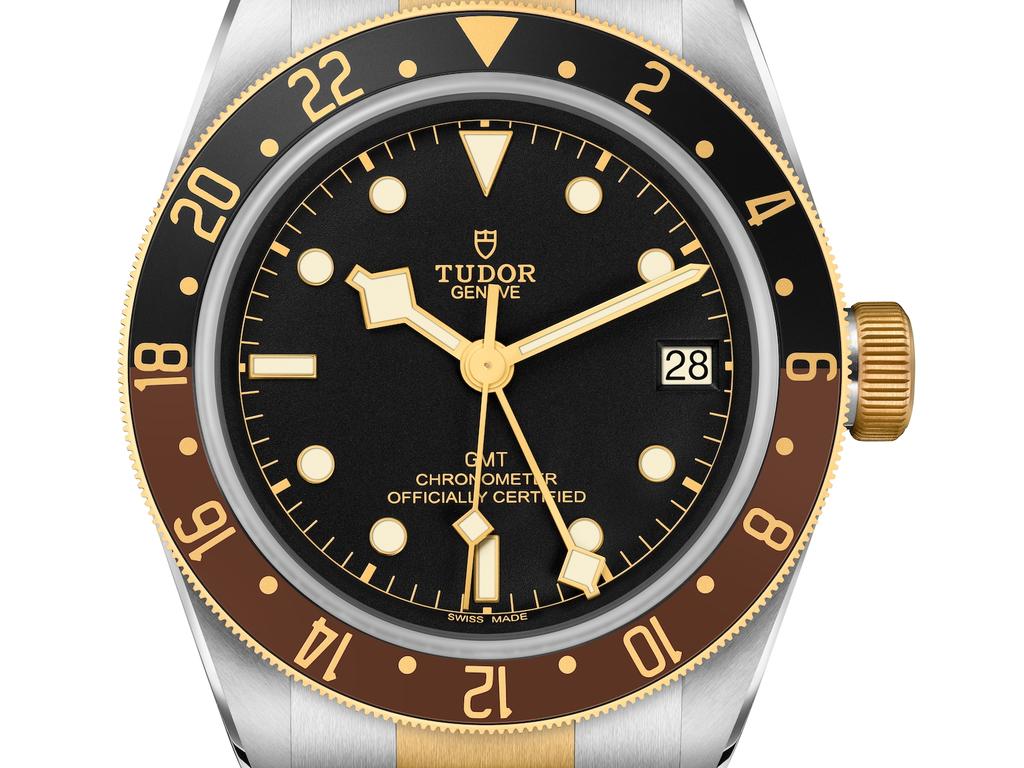



To join the conversation, please log in. Don't have an account? Register
Join the conversation, you are commenting as Logout